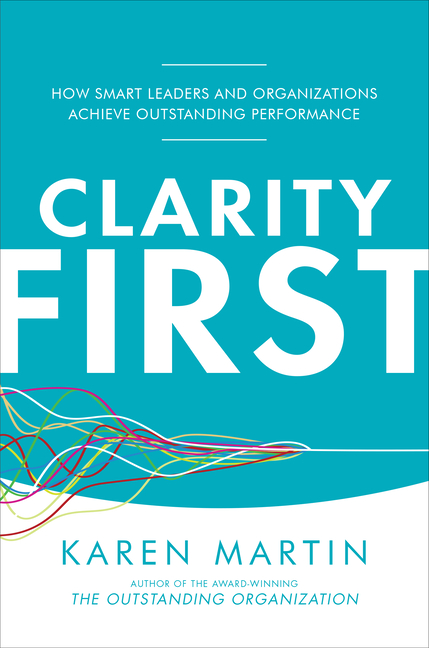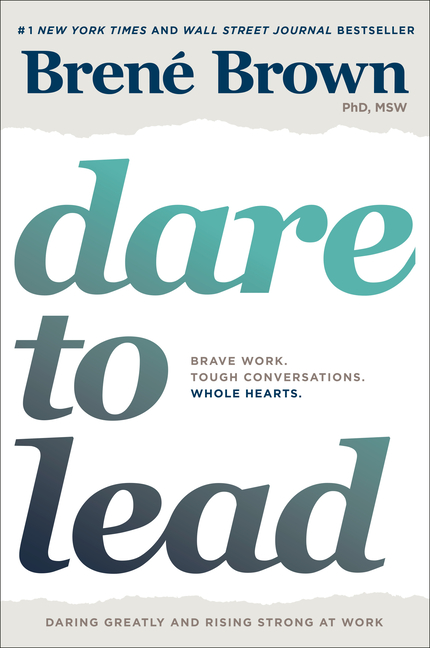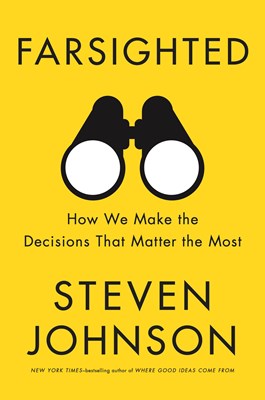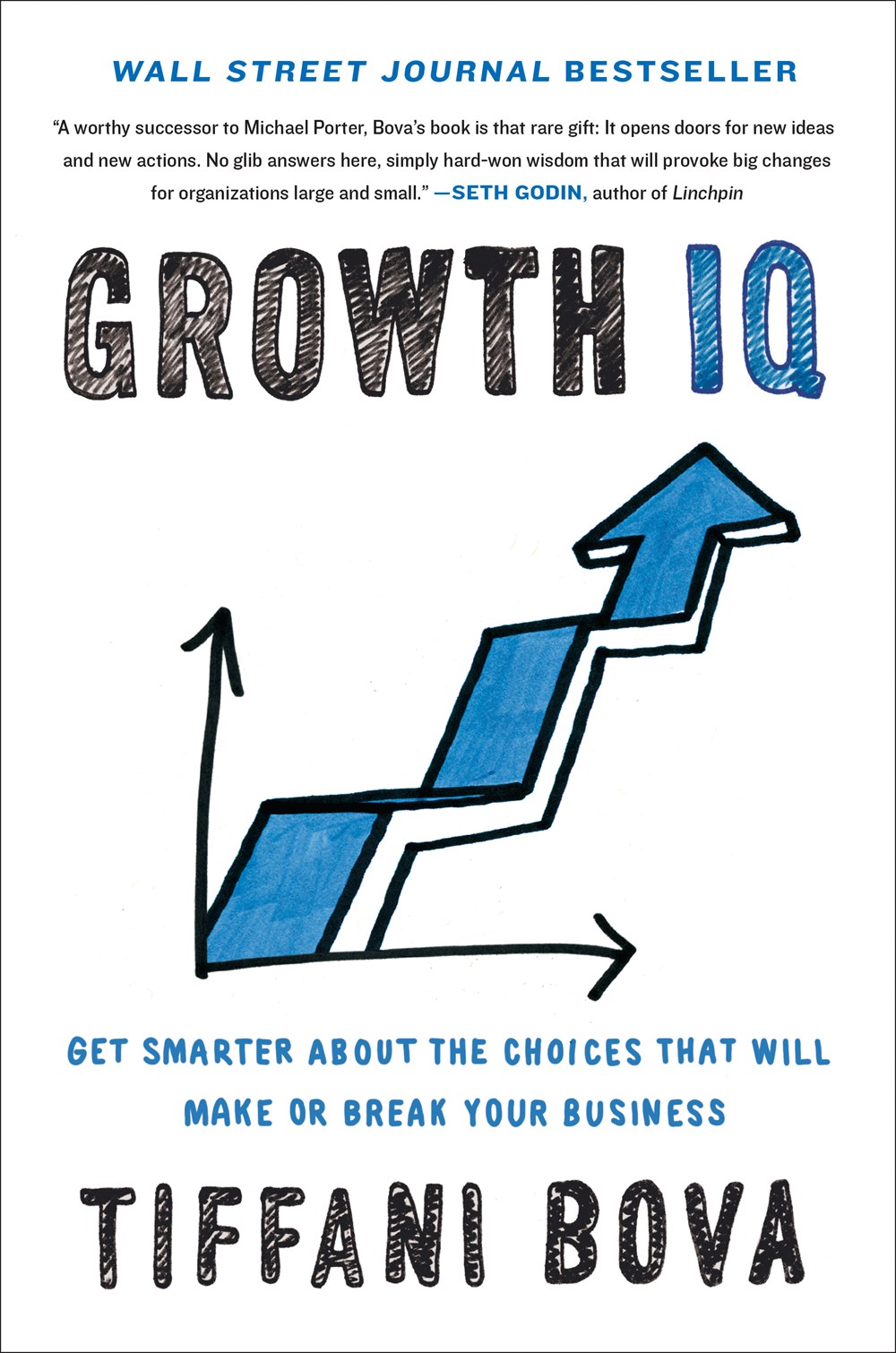Inside the Longlist: Leadership & Strategy
November 14, 2018
Our general manager Sally Haldorson takes a look inside the best books 2018 has to offer on leadership and strategy.
“He’s a Leo,” my friend said when explaining why I hadn’t yet received an expected job application from one of her acquaintances before the submission deadline had passed. “He procrastinates, but once he commits to getting something done,” she assured me, “he’s terrific.” “But,” she shrugs and says again, “he’s a Leo.” I was not tremendously reassured.
Not one to pour over astrological charts, I’m not immune to their charm either. When I was a preteen, I won a trip to the State Fair, and as I meandered around the grounds, I came upon a kiosk that offered lengthy astrology readings. You entered your birth details and, presumably, a computer hidden somewhere in the colorful, metal, mobile home-shaped booth would churn out a custom astrology chart. I cherished the readout that I received for my $10, kept it locked in my keepsake box for years, excited to see my ‘self’ reflected back at me. Maybe it’s this desire for definition that draws us to astrology: we want to make sense of randomness. We want to pin our traits and attributes on a board and think a pattern might emerge, like constellations, like answers to our slipperiest questions. “I am…” and “I will be…” and “I should do…” Otherwise, the future is anyone’s best guess.
Maybe I was drawn to understanding my star sign because I was adopted and knew little about my birth family—or anything about the first year and a half of my life. While I’d never been troubled by being adopted, to some degree being adopted made me feel blind to myself. In so many ways, one’s biological parents inform you of who you are or who you might become. Whether it’s the size of your nose or your inclination toward introversion, you look for the pattern of your future self in your parents. I instead felt like I was free to set my own path. Yet, conversely, I was also unmapped, easily lost. Obtaining a reading of my inborn astrological traits gave me some kind of guideline on which to trace and develop my personality. I was a Gemini, which suited me because I often felt of two minds, restless and changeable, always seeking something other than what I had. As with all sorts of mysticism and religion and rules to live by, we humans are simply trying to gain purchase, be reassured that we are on the right path, or even that there is a path up this very steep and untamed region loosely called life. Whether it’s 12 signs or 12 steps, 10 commandments or 14 points, to be able to construct guide rails to follow through life allows for some certainty—or at least a path forward.
Oftentimes, guiding a company can feel like you’re gazing into the dark, looking to the sky for a sign, any sign, by which to guide your decisions, your strategy. And the pressure to get it "right" because you are responsible for the successes and happiness of your employees, customers, and stakeholders, can send you on an endless pursuit of assurance that doesn't really exist. While the meaning of my friend’s reference to this man’s Leo-ness escaped me, I did think about how handy it would be to know such traits and tendencies of our company's staff. Maybe, I said, it would be helpful to have the astrological charts of everyone in the company, because then I, as the General Manager, would better understand or even predict why people do what they do. And I could better determine what they most need, what motivations they might best respond to.
But no. Leaders need something more reliable than gambits and guesses. Leaders need learned guides, and they will find none better nor more grounded in the realities of business and becoming than the authors of this year’s best books on leadership and strategy. They teach us to “be clear,” “be brave,” “be deliberative,” “be smart,” and “be engaged.” Now that’s a chart we can all set a course to.

 Clarity First: How Smart Leaders and Organizations Achieve Outstanding Performance by Karen Martin, McGraw Hill
Clarity First: How Smart Leaders and Organizations Achieve Outstanding Performance by Karen Martin, McGraw Hill
Karen Martin estimates that turning your company into a clarity-first organization will take at least three years, because “Ambiguity is the corporate default state,” and to untie every knot takes patience and practice. But don’t let the length of that goal deter you from picking up Clarity First because Karen Martin’s clear and energetic style will have you enthused to apply her philosophy in your very next meeting or conversation. No worries, as Martin has your back on this: “Your organization doesn’t need to adopt all of these practices at once. In fact, it shouldn’t. You cannot force clarity, and you cannot rush it.” As you read, you will easily identify the myriad ways your organization (and thus, your leadership) blurs lines, preventing high performance, like mitigating problems rather than solving them, or allowing inefficient processes to confuse rather than clarify, or collecting and analyzing data that doesn’t matter. Clarity First is a book about communicating clearly, yes, but more so, it’s about first being intentional and refined when determining your company’s purpose, priorities, processes, and problem-solving. The result of your efforts? “Clarity thrills customers, increases profits, and lowers costs.” No need for a crystal ball when you’re crystal clear.
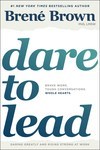 Dare to Lead: Brave Work. Tough Conversations. Whole Hearts. by Brené Brown, Random House
Dare to Lead: Brave Work. Tough Conversations. Whole Hearts. by Brené Brown, Random House
I imagine Brene Brown might stand up and shout “Hallelujah!” when she gets a load of Karen Martin’s evangelization of clarity. Early on in Dare to Lead, Brown writes that “most of us avoid clarity because we tell ourselves we’re being kind, when what we’re actually doing is being unkind and unfair.” Of course, Brown—a research professor with a master’s degree in social work—is less focused on teaching you how to rewire the inner workings of your company, and more on teaching you how to rewire yourself so you can establish closer and more productive interpersonal relationships. Only then can you “operationalize” your values so the entire company is in alignment. With well-researched chapters emphasizing the importance of vulnerability in leadership, illustrating the difference between armored vs. daring leadership, helping you identify your primary values to add clarity to your decision-making, relationships, and behaviors, and teaching you how to create safe spaces where trust can take root and tough conversations can break the silences that undermine our organizations, Dare to Lead will change you for the better. While Brown defines leaders as people who find and develop the potential in others, more importantly she believes that leaders themselves have endless potential—potential to change, to improve, to be more self-aware, to be more open, to be more courageous. And it’s that optimism, that belief in us that makes Dare to Lead a North Star for any leader who senses his or her own potential but doesn’t yet know how to reach it.
 Farsighted: How We Make the Decisions That Matter the Most by Steven Johnson, Riverhead
Farsighted: How We Make the Decisions That Matter the Most by Steven Johnson, Riverhead
Steven Johnson is the master of the complex and his books, such as How We Got to Now and Where Good Ideas Come From, are each an intellectual amalgam of the present, past, and future. So it’s no surprise that his newest work, Farsighted: How We Make the Decisions That Matter the Most pulls together seemingly disparate threads—a long lost New York City park, Darwin’s marriage, Obama’s pursuit of Bin Laden, George Eliot’s novel, Middlemarch—and weaves a convincing argument that “the ‘science’ of decision-making has been stagnant for two centuries” and new techniques for making hard choices are begging to be discovered. Johnson suggests that “when we look back at the trajectory of our lives, and of history itself … most of us would agree that the decisions that ultimately matter the most do not—or at least should not—rely heavily on instincts and intuition to do their calculations.” Instead, he offers a deliberative methodology to deal with the unknowns of an increasingly complex society and complex systems. After all, the information available at our fingertips will just continue to increase with technology, and we’re going to have to learn how to wrangle with it on a deeper level than what a tweet or a post allows. Only a storyteller of Steven Johnson’s caliber could bring us a book that so entertainingly respects our intelligence while also encourages us to apply it more intentionally when making decisions. When we do so, no fortune teller is necessary.
 Growth IQ: Get Smarter About the Choices that Will Make Or Break Your Business by Tiffani Bova, Portfolio
Growth IQ: Get Smarter About the Choices that Will Make Or Break Your Business by Tiffani Bova, Portfolio
Organic growth, should you and your company be fortunate enough to experience it, can be the result of a great idea or even a happy accident, but in a rapidly changing world, rarely can a company stay competitive—or even stay in business—without a growth plan. Holding your breath and hoping (aka stagnancy) isn’t an option. Tiffani Bova, in, Growth IQ, states it simply: “Unless you’re a small family business determined to stay small, or you are unable to take on more financial risk and workload along with their associated hiring demands, the quest for growth is never ending.” But how? In which direction do we take our first steps, and how do we know we will get where we want to go? There are dozens of excellent books that teach you how to scale up, gain traction, play to win, be disruptive, or navigate a blue ocean, but many leaders of companies of all sizes will yearn for practical rather than theoretical advice. If business is likened to chess, learning the rules of the board and the most common combination of moves is an essential place to start your mastery over the game. In Growth IQ, Bova breaks down ten growth paths, the importance and the potential of each, and offers evidence from numerous case stories to illustrate which next move might be your right move. By making us smarter about growth, Bova alleviates some of the uncertainty and fear that often prevent us from taking necessary risks. And the appealing layout and presentation of the Growth IQ material makes thinking about the future fun—mysteries and all.
 This is Day One: A Practical Guide to Leadership that Matters by Drew Dudley, Hachette
This is Day One: A Practical Guide to Leadership that Matters by Drew Dudley, Hachette
Most often, we read books that present leaders as masters, as gurus, as intellectual giants, savant-like innovators who have been issued some kind of divine right or earned a level of expertise for which they are called—caps lock—LEADERS. But occasionally there is a book that challenges that perception, that says that even if the only person you are leading is yourself, you are in fact a leader. This is Day One is that kind of book, and Drew Dudley spends 225 pages telling you, showing you, convincing you why you matter, and how you can better show up as a leader in your own life. The book is personal: Dudley will tell you plenty of stories of how he’s implemented change to become the kind of leader he envisioned himself to be. The book is professional: He will help you define what leadership means to you, and how you might set and measure goals in a way that is generous to others and to yourself. The book’s wisdom is applicable, because Dudley relies on one particularly sage and yet attainable dictum: positive change of any size and scale is possible to achieve and sustain if you treat every day like Day One, because Day One is when you have the most conviction, the most clarity, and the most hope. Day One is your caps-lock day, and if you live every day like Day One, you will inevitably map your own path to the stars.


